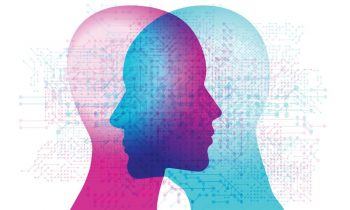Rachel Cooke in The Guardian:
 What do little girls like? As a child, I preferred Lego to dolls and, if asked what I wanted to be when I grew up, was apt to reply: a detective, or a reporter. My parents were scientists, so our household was in some ways less obviously gendered than most (though I went on to do an arts degree, two of my sisters read biochemistry and maths at university). Nevertheless, it was always in the air: the way girls should be, and therefore are. By the time I was a teenager, I’d learned to feel quite odd about certain of my tastes and aptitudes. I’d also internalised various stereotypes. I took great pride, for instance, in my map-reading – not because map-reading is intrinsically difficult, but because some small part of me accepted that women are not supposed to be any good at it.
What do little girls like? As a child, I preferred Lego to dolls and, if asked what I wanted to be when I grew up, was apt to reply: a detective, or a reporter. My parents were scientists, so our household was in some ways less obviously gendered than most (though I went on to do an arts degree, two of my sisters read biochemistry and maths at university). Nevertheless, it was always in the air: the way girls should be, and therefore are. By the time I was a teenager, I’d learned to feel quite odd about certain of my tastes and aptitudes. I’d also internalised various stereotypes. I took great pride, for instance, in my map-reading – not because map-reading is intrinsically difficult, but because some small part of me accepted that women are not supposed to be any good at it.
No wonder, then, that reading Gina Rippon’s careful and prolonged demolition of the myth of the “female brain” left me with a powerful sense of relief. Here, at last, are things I’ve long felt instinctively to be true, presented as demonstrable facts. Professor Rippon is a researcher in the field of cognitive neuroscience at the Aston Brain Centre at Aston University, Birmingham, and an advocate for initiatives to mitigate the under-representation of women in Stem subjects. In The Gendered Brain, she shows how we first arrived at the conviction that the female brain is “different” (and thus inferior), how this misperception persists into the 21st century, and how the latest breakthroughs in neuroscience can, and should, dispel such fallacies for ever. It is a highly accessible book. It’s also an important one. Quite apart from how interesting the science contained within it is, it has the power – if only people would read it – to do vastly more for gender equality than any number of feminist “manifestos”.
More here.
